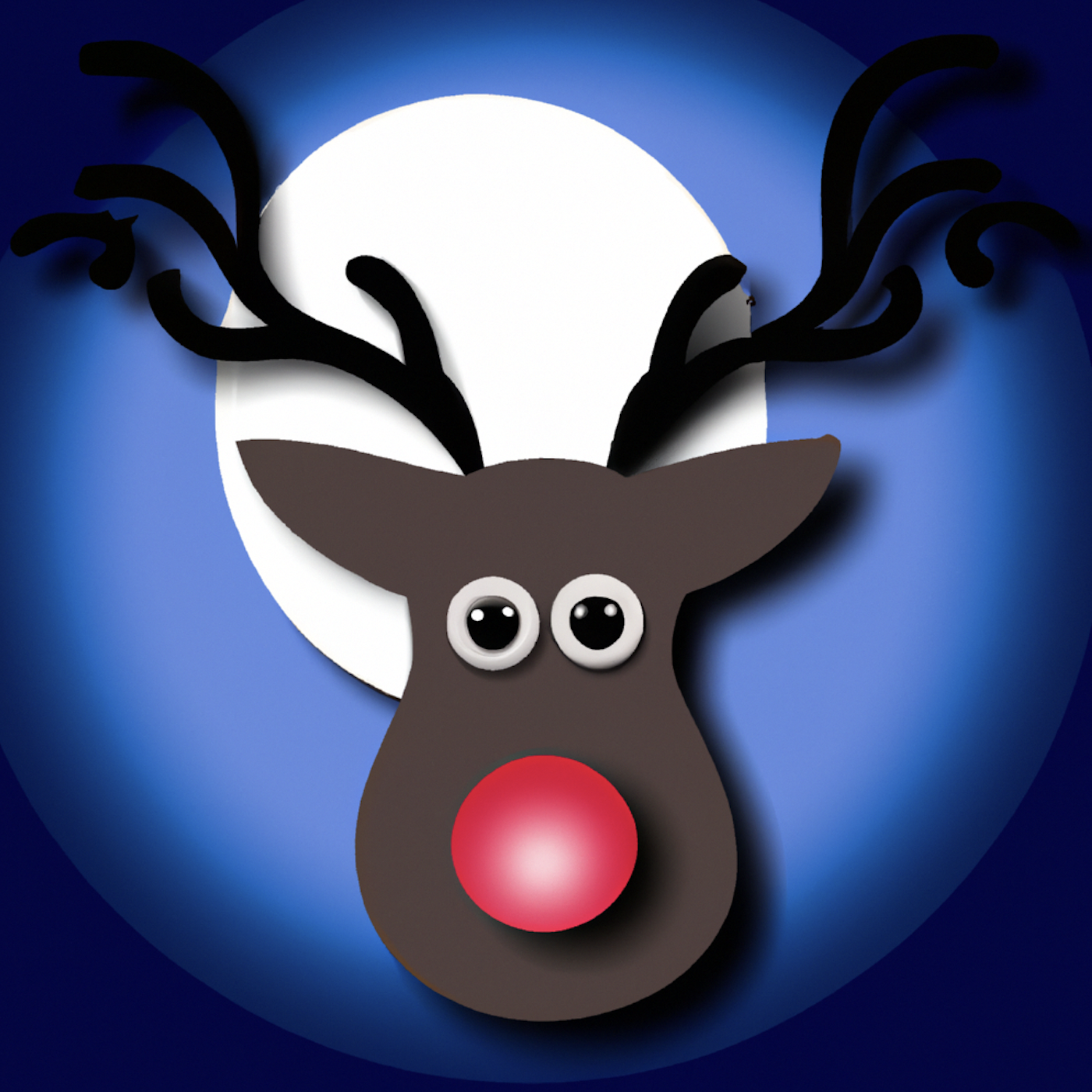tags:
- RUDOLPH
- text-image
- image-text
- decoder
datasets:
- sberquad
RUDOLPH-350M (Medium)
RUDOLPH: One Hyper-Modal Transformer can be creative as DALL-E and smart as CLIP

Model was trained by Sber AI and SberDevices teams.
- Task:
text2image generation;self reranking;text ranking;image ranking;image2text generation;zero-shot image classification,text2text generation; - Language:
Russian - Type:
encoder-decoder - Num Parameters:
350M - Training Data Volume:
156 million text-image pairs
Model Description
RUssian Decoder On Language Picture Hyper-tasking (RUDOLPH) 350M is a fast and light text-image-text transformer (350M GPT-3) designed for a quick and easy fine-tuning for a range of tasks: from generating images by text description and image classification to visual question answering and more. This model demonstrates the power of Hyper-tasking Transformers.
Hyper-tasking means generalized multi-tasking, e.g., the model that can solve almost all tasks within supported modalities (two modalities in case of RUDOLPH: images and Russian texts).
Details of architecture
Parameters
The maximum sequence length that this model may be used with depends on the modality and stands for 384 - 576 - 128 for the left text tokens, image tokens, and right text tokens, respectively.
RUDOLPH 2.7B is a Transformer-based decoder model with the following parameters:
- num_layers (24) — Number of hidden layers in the Transformer decoder.
- hidden_size (1024) — Dimensionality of the hidden layers.
- num_attention_heads (16) — Number of attention heads for each attention layer.
Sparse Attention Mask
The primary proposed method is to modify the sparse transformer's attention mask to better control multi-modalities and up to the next level with "hyper-modality". It allows us to calculate the transitions of modalities in both directions, unlike another similar work DALL-E Transformer, which used only one direction, "text to image". The proposed "image to right text" direction is achieved by extension sparse attention mask to the right for auto-repressively text generation with image condition without attention to left text.
Authors
- Alex Shonenkov: Github, Kaggle GM
- Michael Konstantinov: Mishin Learning, Transformer Community